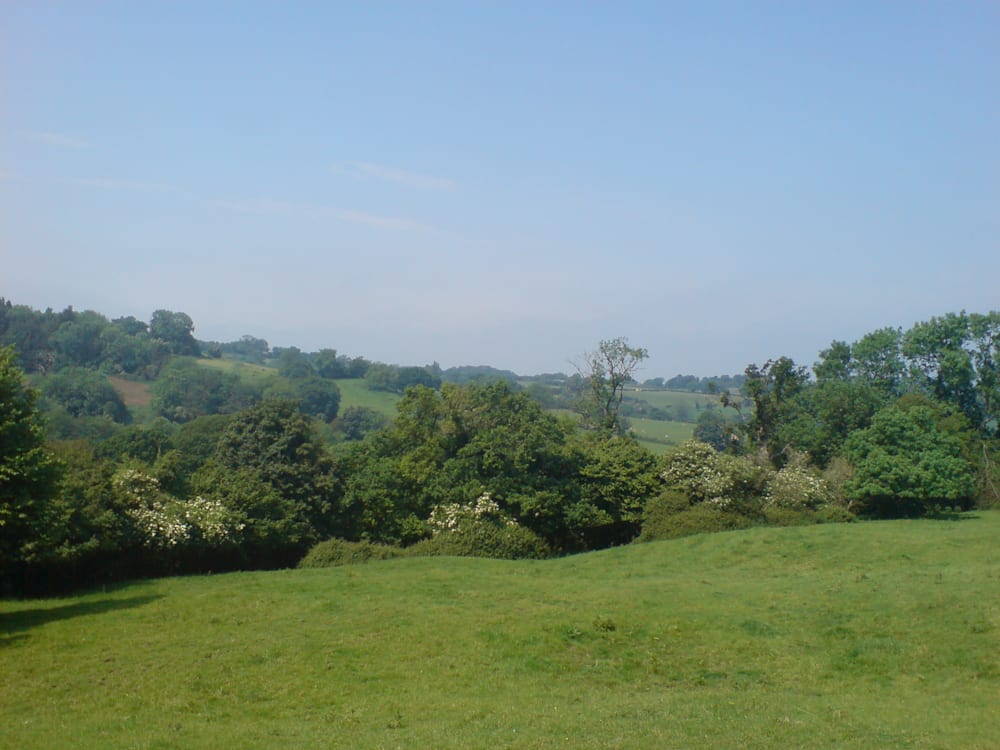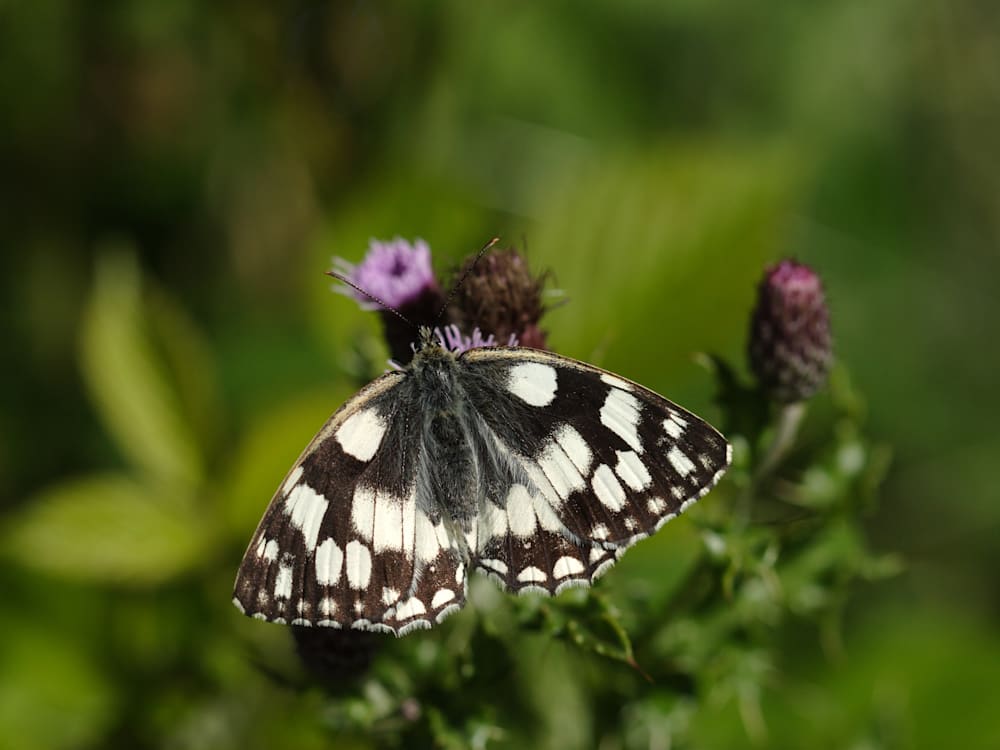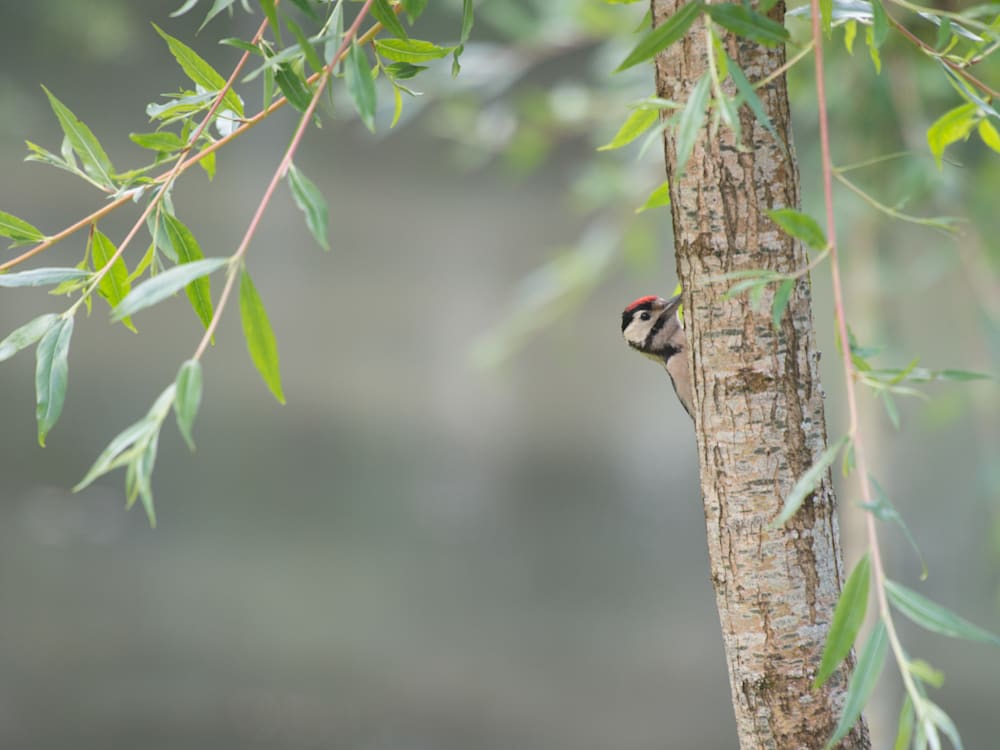As hotel lovers, we know the importance of place: outside of our cities, luxury stays often double as basecamps for wilderness, countryside or coastline we’re keen to explore. Without beautiful places to set them in, demand for deftly-appointed hotels would surely plummet.
And it’s this appreciation for nature in all its untamed beauty that Mr & Mrs Smith shares with the World Land Trust, a charity committed to protecting the world’s most threatened habitats, both here in the UK and across the globe. It’s also why we’ve come to Gloucestershire for a meeting in the woods.
A COTSWOLDS NATURE TRAIL

We edge driving-lesson-slowly along a wooded lane, assessing various lay-bys until we spy a sign: Kites Hill. Dan Bradbury’s warm greeting as he strides in wellies down the path to meet us is reassurance that we’ve come to the right place.
We’re here to tour an ancient beech woodland now in the hands of the World Land Trust (WLT), the conservation charity which Dan works for. Kites Hill is a good example of the kind of nature-nurturing this UK-based charity focuses on – it’s also the only British site owned by the Trust.
Between Gloucester and Stroud in the Cotswolds, this hilltop reserve of beeches and meadows is named for the red kites that soar the thermals above, but is also home to many smaller birds – we see robins and blue tits, treecreepers, nuthatches, coal tits and tiny-cute gangs of long-tailed tits; with the turn of the seasons, there’ll be wildflowers in the meadow (including orchids), various species of butterfly, and bluebells that pop up (around May) to colourfully carpet the woodland.
For now, in early March, the rolling views from our high vantage point frame dormant farmland with trees stripped of their foliage, and stretch all the way to the snow-dusted tops of the Malvern Hills.
This 40-acre reserve was bequeathed in a living will to the Trust by land owner Jane Pointer (she’d joined the founders on an overseas trip and was so impressed by their work, she decided to donate her farm). Today, its trails are enjoyed by dog walkers, bird watchers and those in search of a picturesque ramble; volunteers help to maintain the site, while a grazier sustains the pasture’s biodiversity by leasing the meadow for his cattle herd.
A WORLDWIDE EFFORT

It’s not just about bluetits and bluebells either. Beyond Gloucestershire, there’s a pattern of acquisition, conservation and collaboration that’s been rolled out across WLT’s projects, which span more than 30 countries from Argentina to Vietnam.
The ecosystems the charity works to protect vary from forest to savannah, and even to lagoons, safeguarding vital sea grasses and fish nurseries. And although some of the charity’s work is about land purchase to ringfence a particular ecosystem, in some cases, it’s about securing a significant ‘corridor’ used by migrating animals, be it elephants in India, or orangutans in Malaysian Borneo.
Whatever the subject matter, WLT’s approach is always about collaboration… Belize was the first country that its founders John Burton and Gerard Bertrand worked with, teaming up with a US-based charity to purchase threatened habitat that was vital to the country’s jaguar population.
Since then, back in the 1990s, they’ve attracted some impressive patrons – including conservationists Chris Packham, Steve Backshall and Sir David Attenborough. As Sir David explains: ‘WLT recognises that ecosystems need saving. If you want to save jaguars and hummingbirds, the only way to do so is to save the places where they live.’
IT TAKES A VILLAGE

But, insists Dan, this is no tunnel-vision land grab: community engagement is at the heart of the Trust’s work. ‘Nobody knows the land better or cares more about it than the people who live around it,’ he says. Getting locals on board and engaged with WLT’s work is integral to every project’s success.
World Land Trust reserves are owned and managed by local organisations who also work to provide community benefits: a project in Guatemala, for instance, extends to an outreach initiative training teenagers in boat-restoration skills, as well as supplying and running a women’s health clinic.
It’s absorbing to discover the breadth of their work, but I can’t help but be distracted by a fierce chirruping that soundtracks our walk back to the entrance: ‘Nuthatch,’ says Dan: ‘they do that to defend their territory’.
It’s a fitting moment to draw our tour of Kites Hill to a close, defending territory being WLT’s raison d’etre. We retire to nearby No.38 the Park and, over some locally made ales, reflect on their laudable achievement of directly funding the conservation of some 2.6 million acres. You won’t find Smith hotels near all of them, but as an investment in our ultimate host – the planet – it’s an effective conservation movement we’re proud to support.
The World Land Trust is one of two conservation partners we work with to offset all travel by our staff, reviewers and other content-creating friends. You can now opt to do the same whenever you book



